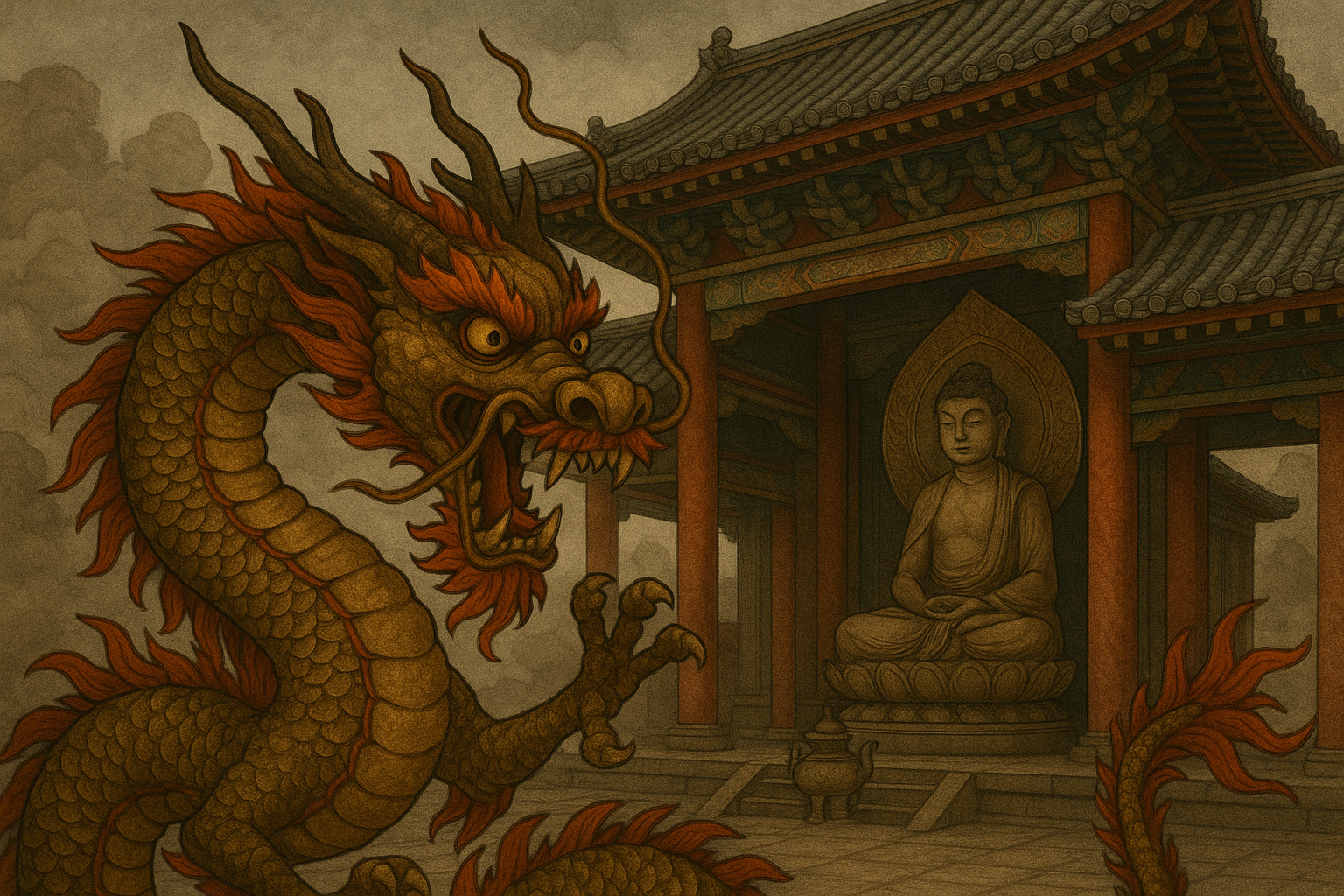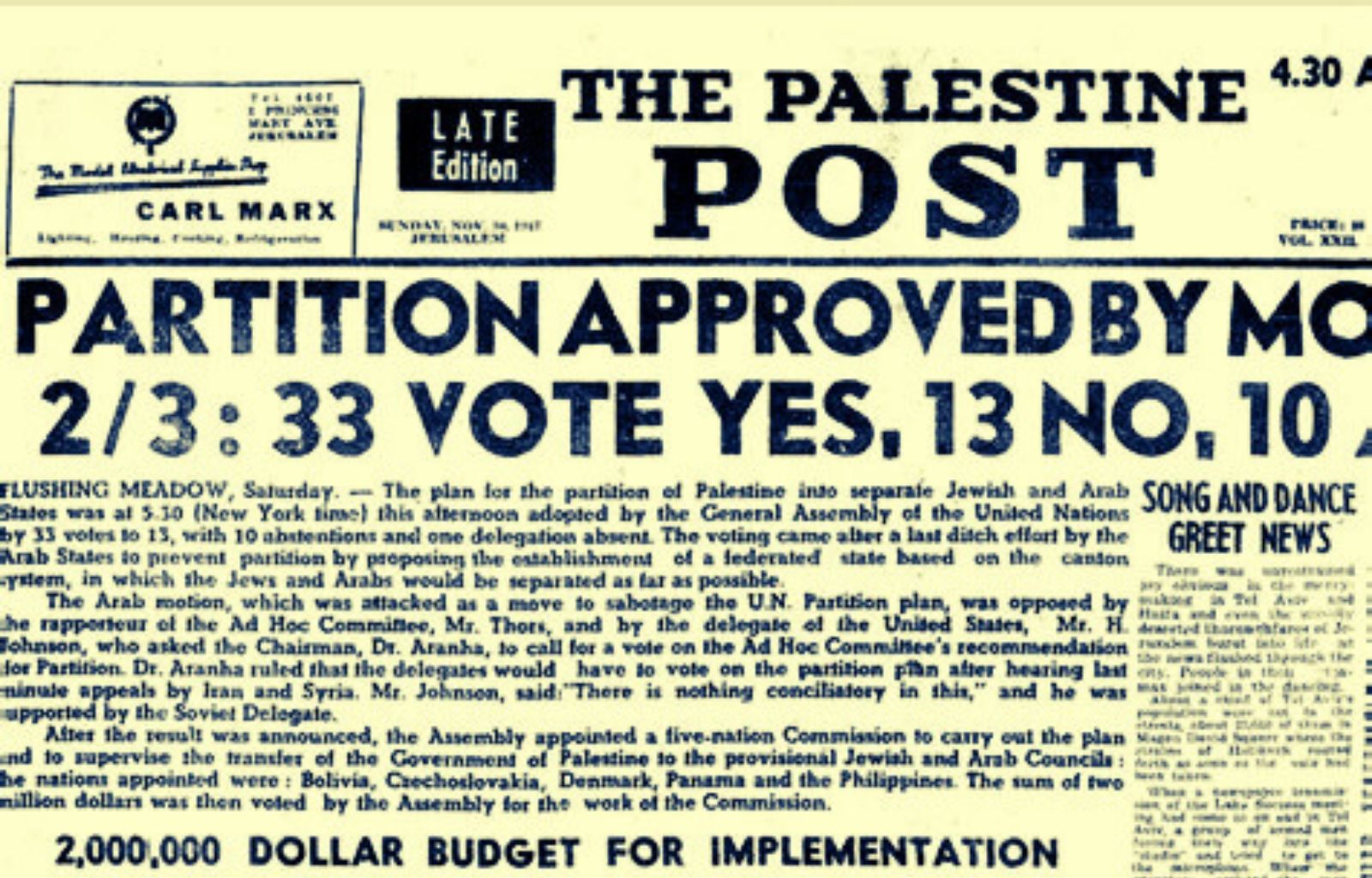Shaking the sovereign’s mats: why we need to understand China

To truly understand how China communicates in foreign policy, one must first free oneself from a conceptual trap: the Western filter. While the West structures diplomatic language on clear-cut dichotomies (war/peace, friend/foe, yes/no), Beijing prefers the art of ambiguity, oblique language, semantic construction linked to symbols and cultural references.
oblique language, the semantic construction linked to symbols and cultural references. The era of soft power has turned into a season of hard narratives. And in this complicated season, China moves with a grammar all of its own.
Chinese foreign policy communication is by no means improvised or opaque: it is intentionally nuanced. The spoken word is worth less than its context. The meaning lies in the underlying gesture, the frame, the relationship. It is a language made to be read, not heard.
There is a Chinese proverb that well sums up this principle: ‘Shaking the mats of the ruler’ (撼 天子之席) – an ancient image that means ‘inhabiting the palaces of power to observe, and
influence, its plots’. It is not explicit threat, it is silent control.
The most emblematic case today is the Chinese position on the war in Ukraine.
Apparently neutral, in substance ambivalent. China has signed peace declarations, avoided sanctions, but maintained a steady flow of trade with Russia, intensified
joint naval exercises, offered anti-NATO rhetoric, and recently had two Chinese citizens captured on the Ukrainian front.
It is this double register – reassuring words, divergent gestures – that makes Chinese communication so difficult to interpret. Especially for a Europe that oscillates between economic fascination and
strategic suspicion. Therefore, analysing China’s foreign communication – and its impact on the global order – is now a political necessity.
Strategic ambiguity and oblique communication: the Chinese method
The first rule of Chinese communication is: never say ‘no’ outright. Opposition does not manifest itself through direct rejection, but creeps in through polite formulas, postponements, vagueness. Ask
something and receiving a ‘yes’ in China does not mean that an agreement has been reached. On the contrary, often that
‘yes’ is just a way of making you realise, over time, that your request was misplaced.
This mode of interaction – which the Western observer would call hypocritical – is actually a refined form of diplomacy based on the balance of faces, the avoidance of direct conflict and the appreciation of context. Every word, every silence, carries weight. The political grammar
of Beijing is based on the principle ofambiguity as an operational tool: it is not a weakness, but
aweapon.
Within this scheme, diplomatic gestures, i.e. the symbolic use of images, physical presence and even clothing at official summits, play a key role. In China, non-verbal language is as important – if not more so – than official statements. The simple refusal to shake hands with a leader, or standing to one side rather than the centre in
an official photo, are gestures that convey a precise strategic message. China does not announce its positions, it suggests them.
The narrative code of the spokesperson system
Another pillar of Chinese communicative ambiguity is the spokesperson system. They are not just
press officers: they are coded actors in a well-thought-out script. The language of Chinese Foreign Ministry spokespersons is calibrated to the millimetre, used to send indirect political signals.
Press conferences are, in fact, theatrical performances: every word has a precise value, every elusive response signals a precise intention. When a spokesman uses an expression such as
‘serious provocation’ or ‘interference in internal affairs’, it is code: it is a political statement, not rhetoric.
The ‘spokesperson’ system: aformalised communication architecture in which individual officials – often from the Foreign Ministry or the Party’s press organs – become the semi-official instruments through which Beijing sends out signals to the world.
often from the Foreign Ministry or the Party’s press organs – become the semi-official instruments through which Beijing sends signals to the world. China, rather than speaking with a single voice
speaks with many ‘ordered’ voices: some moderate, some aggressive, some purely performative. This allows the Party to test international reactions without officially compromising itself.
An emblematic example is the function of editorials published by organs such as the Global Times, which are often used to issue warning messages or show toughness, but without affecting the
official language of government authorities. It is a system of ‘double track communication’: the message gets through, but who said it? Is it really official China? The ambiguity, once again, is deliberate.
Ambiguity is encoded. The term ‘harmonise’ (和谐, héxié), for example, is used internally to indicate the censorship of unwelcome content: an online post is not deleted,
but ‘harmonised’, i.e. brought into conformity. Transposed into foreign policy, this translates into vague, ambiguous communiqués, replete with general principles but lacking clear-cut positions.
The imperial legacy in the diplomatic posture of the Dragon
In the Ukrainian conflict, this has been crystal clear. While the West calls for explicit condemnations, Beijing proposes ‘a political solution based on dialogue’, while refusing to define Russia as the aggressor. This behaviour, which to Brussels appears as moral betrayal, is seen in Beijing as diplomatic wisdom.
In the closest actuality, we have evidence of the Dragon’s deliberately ambiguous language, with its expression of dissent over the Israeli plan to control Gaza and its ambiguous, moderate stance on the India-Pakistan unrest in Kashmir.
Chinese logic is trans-historical. The references are not only ideological, but cultural. All the metaphors come from imperial history, Confucian classics, Maoist rhetoric. The linguistic formulas
are repeated, recycled, overlapped. Nothing is said by chance. But nothing is
ever said at all.
This pattern is completed with a further dimension: the diplomacy of gestures. Every journey,
handshake, renunciation or presence is constructed as a signal. These are not mere protocol acts, but real choreographies of power. When Xi Jinping receives a foreign leader in the People’s Palace, the distance between chairs, the presence or absence of flags, even the arrangement of teas on the table, communicate something. It is a language that those familiar with the imperial culture
can read. Those, on the other hand, who look at it with a Western eye, risk missing the message and judging the scene only as ‘cold‘ or ‘formal‘.
In fact, China has always conceived of the body as a symbolic device. In the Confucian and Taoist tradition, the gesture is charged with intentionality: one does not only look at what is said, but
how the body stands in relation to the interlocutor. In contemporary Chinese diplomacy, this translates into a strategic use of posture, gesture, and stage design. When Xi sits or does not sit, when he offers or refuses the toast, when he speaks or makes another speak: every detail
is embedded in a choreography of messages that has several levels of interpretation.
The geopolitical triangle: US, China and Europe at the window
China’s international posture in recent years has shown a clear evolution: from a quietly rising power to an active player and narrator of its global role. Xi Jinping has transformed Chinese foreign policy into a narrative construction machine, capable of modulating
language and image according to political objectives.
The United States, for its part, has responded by oscillating between containment (Trump era) and systemic competition and thaw (Biden era). With the return of Donald Trump, the US has gone back
to policies of assertive protectionism, muscular bilateralism, and the logic of tariffs. Washington sees China not only as a strategic adversary, but as a systemic enemy.
Yet it is precisely Chinese communication that makes Beijing such a difficult challenge to decipher.
The European approach – based on documents, transparent declarations, resolutions – breaks against the wall ofstrategic ambiguity. Chinese words are not meant to be understood, but to be interpreted. This imposes an epistemological revolution on the West: if it wants to
remain relevant in the multi-polar world, Europe must learn to read, decipher and countermand.
The concept of ‘European strategic autonomy’, relaunched by Emmanuel Macron, remains in limbo:
evoked, but never implemented. While Beijing and Washington confront each other with semantic, military and economic weapons, Brussels remains nailed to its ambiguity: calling for dialogue, without speaking the language of its partners; preaching rights, but compromising on treaties.
Understanding diplomatic language to govern crises
However, understanding how China communicates is not just an academic exercise or a cultural curiosity. It is, to all intents and purposes, a necessary condition for understanding the future of international relations.
international relations. The global politics of the coming decades will be built on two planes: material power and narrative capacity. And in both, Beijing has already charted its trajectory.
Ambiguity is not just a communicative device: it is a survival strategy. In a world where
direct confrontation often leads to escalation, China presents itself as the actor that ‘rejects the language of confrontation’ and imposes a rarer, but no less effective lexicon. For those countries that know how to translate this language, margins of collaboration and influence open up. For the others,
only bewilderment or defensive reaction remains.
This is why Europe – if it wants to play a role – must invest not only in defence and technology, but also in cultural understanding of emerging powers. Understanding how China communicates does not mean imitating it, but stopping misunderstanding it. Because the real asymmetry today is not between military
military forces, but between languages. And those who speak a language that no one understands do not build alliances: they build mistrust.
It is not a matter of copying China, but of understanding that conflict is not only played out with tanks and treaties, but also in the realm of imagination, credibility, and narrative. The future of the global order
global order will not only be military or economic, but also semantic. He who controls the meaning of words, controls the meaning of crises.
China communicates today as an ancient empire that has never really ceased to be. Its messages are wrapped in symbolism, in metaphor, in ritual. To understand them, one must accept
of not having absolute certainties. But it is precisely in this fluidity that the secret of its effectiveness lies.
In a world dominated by systemic challenges and multipolar tensions, those who decipher Beijing’s code are better equipped to read the future. Ambiguity is not the enemy: it is the very language of Chinese power. And those who do not master it will always be one step behind.
In a world where missiles are ever faster, but words ever more elusive, the only sustainable form of deterrence is understanding. China realised this before the others: to control
language means controlling the space of negotiation. And those who cannot read the mats of the ruler will end up tripping over the carpets of power.












